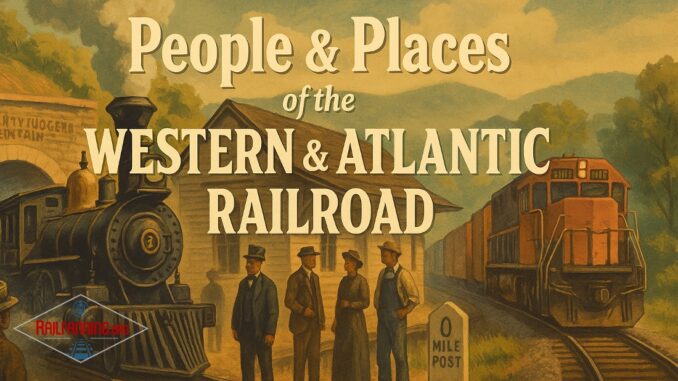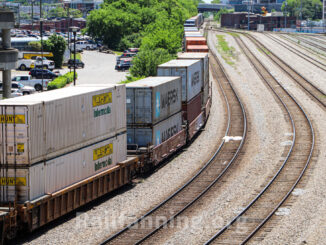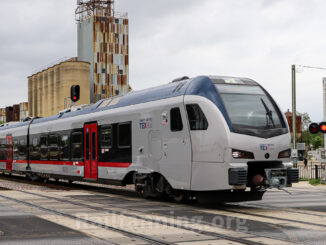
In the early morning fog of Nov. 9, 1911, two freight trains collided head-on about a mile south of Dalton, Georgia.
The mishap, which claimed the life of Nashville, Chattanooga & St. Louis Railway Engineer R.V. Rhodes, was attributed to a series of critical communication failures and procedural violations.
At about 7:30 a.m., northbound extra freight No. 174, with Engineer Tom Lee Hamby at the throttle, en route from Atlanta to Chattanooga, collided with southbound freight train No. 19, which had just departed Dalton heading toward Atlanta.
The impact occurred on a single-track line of the Western & Atlantic Railroad, which the Nashville, Chattanooga & St. Louis leased, both trains shared, with visibility limited by fog and the track’s curvature. Rhodes, the engineer of Train No. 19, was killed.
“After jumping and making an attempt to run, I fell and the cars fell over me,” H.M. Ward of Graysville, fireman on No. 174, told The Atlanta Constitution.
“At the time I thought I was pinned down and called for help, receiving no response, I found that I was free beneath the wreckage,” Ward added. “A heavy beam was the only thing between me and freedom, but I hesitated to move it, fearing that it would let the car down on me. Finally summoning courage, I pushed the beam away and crawled out.”
According to the investigation, the root cause was a failure to deliver a critical train order (No. 518) to Train No. 19. This order instructed the train to meet extra No. 174 at Dalton and take appropriate precautions.
No. 174 received the order at Kingston, but No. 7 did not.
The investigation blamed a train dispatcher and an operator for failing to ensure that the order reached Train No. 19. The dispatcher had violated several key operational rules.
Rule 432 prohibits issuing orders too far in advance. Rule 434 requires meeting orders to be issued before trains reach the meeting point. Rule 208 mandates proper addressing and distribution of orders.
Had these rules been followed, the crash could have been avoided.
“As a preventive of accidents of this character, it is recommended that an adequate block signal system be installed,” the report concluded. “Had such a system been in use this accident would probably have been prevented, notwithstanding the negligent manner in which the train dispatcher and the operator performed their duties.”




